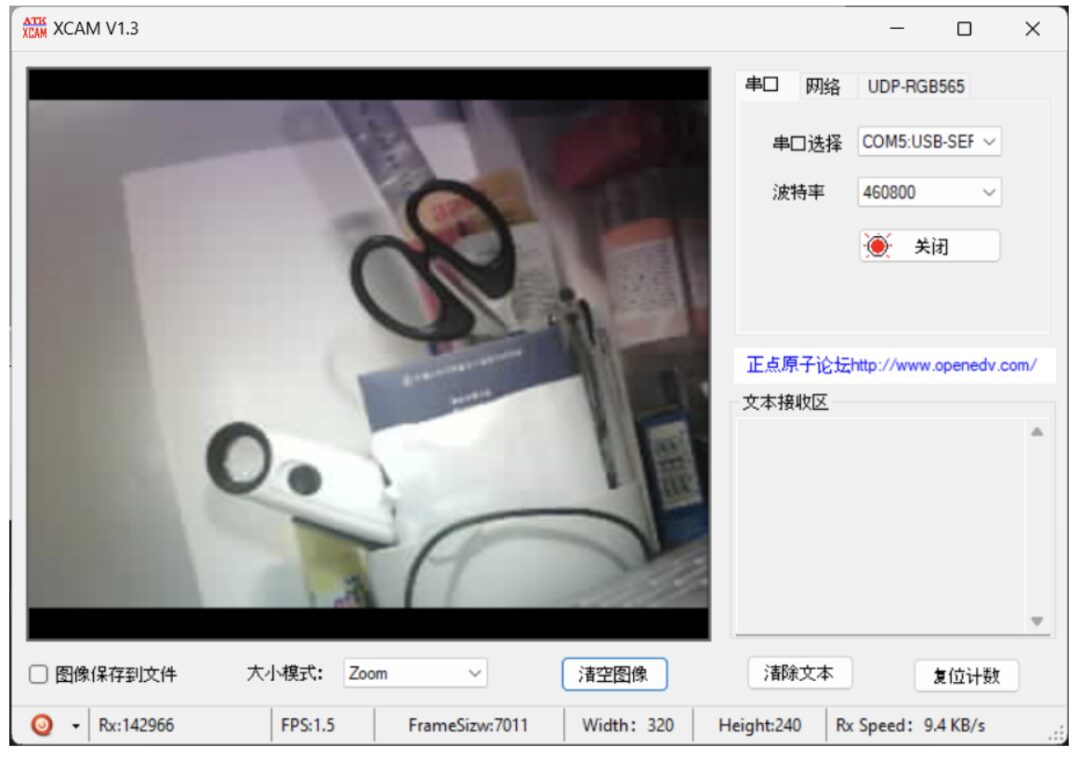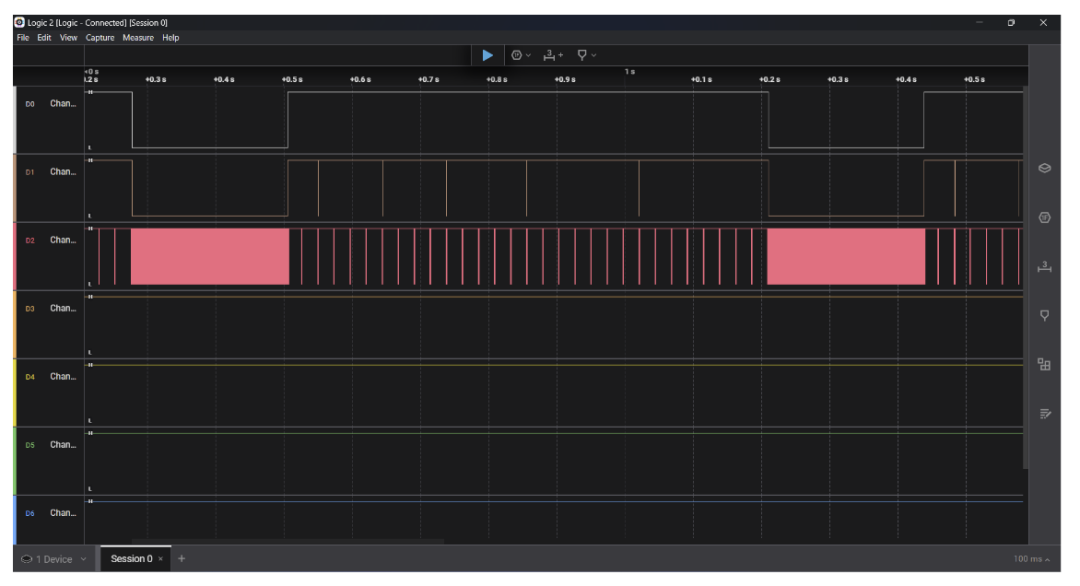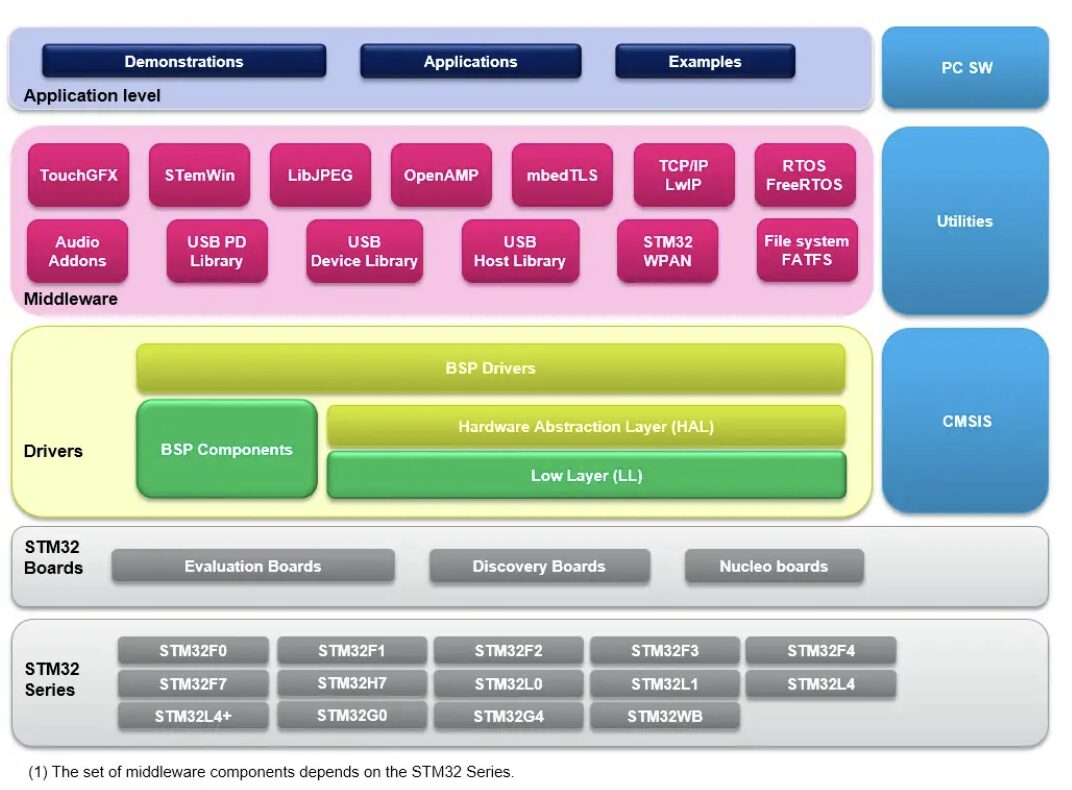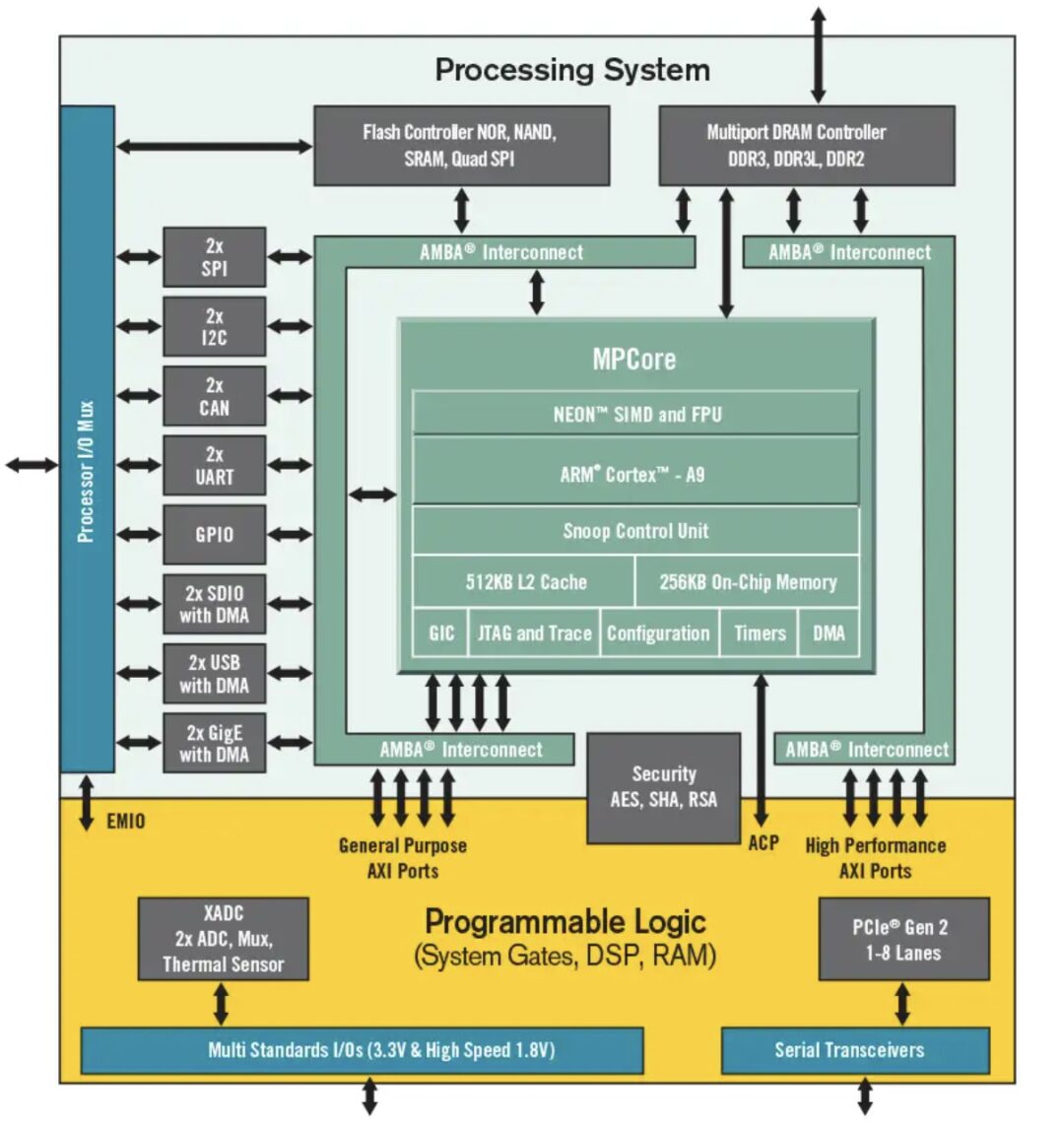Scan to FollowLearn Embedded Together, learn and grow together

There is a very popular question on Zhihu — “What are the advanced uses of MCUs?“
It is said that MCUs themselves are not particularly advanced, but during the MCU development process, certain standardizations must be followed, such as defining variables and functions, determining their lifecycle, calling scope, access conditions, etc.; commonly used communication protocols should often be abstracted, specifying fixed inputs and outputs to facilitate product portability.
However, in reality, there are often multiple implementation solutions for the same requirement, but there is always one optimal solution. Therefore, in this process, there are always some “out-of-the-box” operations that provide many ideas, and today I will give a few examples for your reference.
Those Stunning Uses
When receiving a string of variable-length data via serial port, you can use the serial idle interrupt; this avoids needing to enter an interrupt for every character received, thus reducing the number of times the program enters an interrupt and improving efficiency.
When measuring the frequency of a waveform, many people choose external interrupts; in fact, counting waveform edges through the external clock input of a timer and then periodically reading the count value to calculate frequency can greatly reduce the interrupt trigger frequency and improve program execution efficiency.
In handling complex multitasking scenarios, you can utilize a Real-Time Operating System (RTOS) to manage task scheduling, improving system responsiveness and resource utilization.
For scenarios requiring low power consumption, Dynamic Voltage Frequency Scaling (DVFS) technology can be used to adjust the MCU’s operating voltage and frequency in real-time based on system load, reducing power consumption.
When storing data, using wear leveling algorithms for flash memory can extend the lifespan of the flash memory.
Utilizing hardware encryption modules (such as AES encryption engines) to ensure data security and confidentiality, rather than implementing encryption through software, improves encryption efficiency and security.
For processing sensor data, applying digital filtering algorithms (such as Kalman filtering) can enhance data accuracy and stability.
When needing to communicate with multiple devices, employing bus arbitration mechanisms and priority settings ensures efficient and stable communication.
In power management, monitoring power voltage and current allows for intelligent power management strategies, such as entering low-power mode under low battery conditions.
For control tasks with extremely high real-time requirements, using hardware-triggered interrupts instead of software polling can reduce response latency.
Any dynamic control of a nonlinear system running on a microcontroller is considered an advanced use.
Using a microcontroller to implement a special motion control that earns a lot of money is an advanced use.
GPIO Simulates Everything
A user named ShiinaKaze was very “brave” and did something quite torturous.
He used STM32F1 to simulate a camera interface to drive the OV2640 camera module using GPIO. He stated that it was a very torturous process, and he optimized it to a maximum of 1.5 FPS, so choosing the right model is essential, or you will torture yourself. The device uses STM32F103C8T6 and OV2640, achieving the following effect:

Actual timing diagram of OV2640:

The challenges of this project are:
1. SCCB Simulation: SCCB is a revision of the I2C bus, mainly because the OV2640 module lacks pull-up resistors, making communication impossible, and it took a long time to discover this issue;
2. Simulation of Parallel Interface: If using IO simulation, it can only achieve 1 FPS, but by using Timer and DMA, it can reach 1.5 to 2 FPS.
Regarding the background of receiving and processing data from the image sensor: The existing OV2640 image sensor has a DCMI (parallel interface). The question is: The current STM32H7 wants to obtain the MJPEG stream data from the OV2640 and transfer the data to PC software.
1. Should I use USART or USB?
2. Which type of interrupt should be used for data reception, Line interrupt or Frame interrupt?
3. DCMI transfers data to a RAM buffer via DMA; how should the buffer be designed? Should it be a large continuous buffer or a ring buffer to avoid data overwriting and disorder?
4. After triggering the interrupt, should DCMI and DMA be disabled?
Embedded software architecture is quite important, especially for large projects. This is the software architecture of STM32; I wonder if anyone has other architectures.
A user complained, if you were in school, I would respect you as a man; if you were doing this at work, then your architecture is too bad. And he also stated, “I was wrong, I will never simulate again.”

Different Views on MCUs
Despite this, many still believe that MCUs are not advanced, and using microcontrollers is not advanced. Advanced content can be published in papers, but you cannot publish papers using microcontrollers. However, using microcontrollers to solve specific tasks is very advanced.
Especially the examples mentioned above are indeed some high-end uses of MCU peripherals. However, these mechanisms may just be standard usage. A user named lion187 stated that many hardware mechanisms were added only after actual needs arose; for example, receiving variable-length data initially had to be implemented in software without timeout interrupts, which greatly wasted CPU efficiency, leading to the design of timeout interrupts to reduce software workload, thus forming a standard usage method.
Of course, this is also a benefit brought by the improvement of chip design and manufacturing processes. In the early days, when chip design and technology could not meet the needs of complex peripheral circuits, no one dared to think of using hardware to implement such complex functions. The development of any product is inseparable from specific business needs, and MCUs are no exception.
For products, the driver of MCU peripherals is just a basic element of development; more work revolves around the development of application programs based on business logic. At this point, data structures and algorithms, various control algorithms and numerical computation methods, design patterns, software engineering, and design concepts become advanced topics.
For example, the design of various driver subsystems in the Linux kernel, device objects, and driver objects follow the principles of C++ object-oriented programming, which can also be applied to MCU development. By separating devices and drivers, the same set of driver algorithms can be used to implement different driving methods for similar devices.
For instance: the same UART driver can drive UART0 or UART1 based on different configurations, and the baud rate can also differ (as long as different instances of the UART class are created, this can be done using C language), which is the benefit of separating methods and properties in C++.
Similarly, in business applications, design patterns such as Singleton, Factory patterns, and the use of state machine models can bring many conveniences to development, making system structures clear, effectively reducing the number of bugs, and being easy to maintain and extend.
Of course, some still believe that when it comes to advanced, it has to be FPGA. For example, AMD’s (Xilinx) ZYNQ, when you need to receive a string of variable-length data via serial port, you can directly write a dedicated one using the Programmable Logic part, and finally place the result in DRAM, sending a signal to notify the ARM processor to read it; when you need to measure the frequency of a waveform, you can directly write a dedicated one in the Programmable Logic part to measure it in real-time without interruption. That is indeed very advanced.

So, what are your views on this? Do you have any “advanced” uses you want to share?
Original text:https://www.zhihu.com/question/623077193
Source: Internet, copyright belongs to the original author. If there is any infringement, please contact for deletion.

Follow 【Learn Embedded Together】, reply“Join Group“ to enter the technical exchange group.
If you think the article is good, click “Share“, “Like“, “View“!